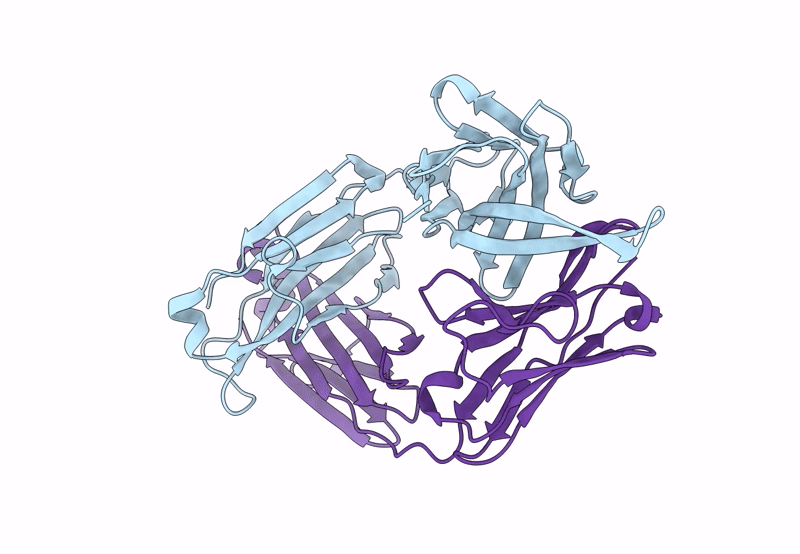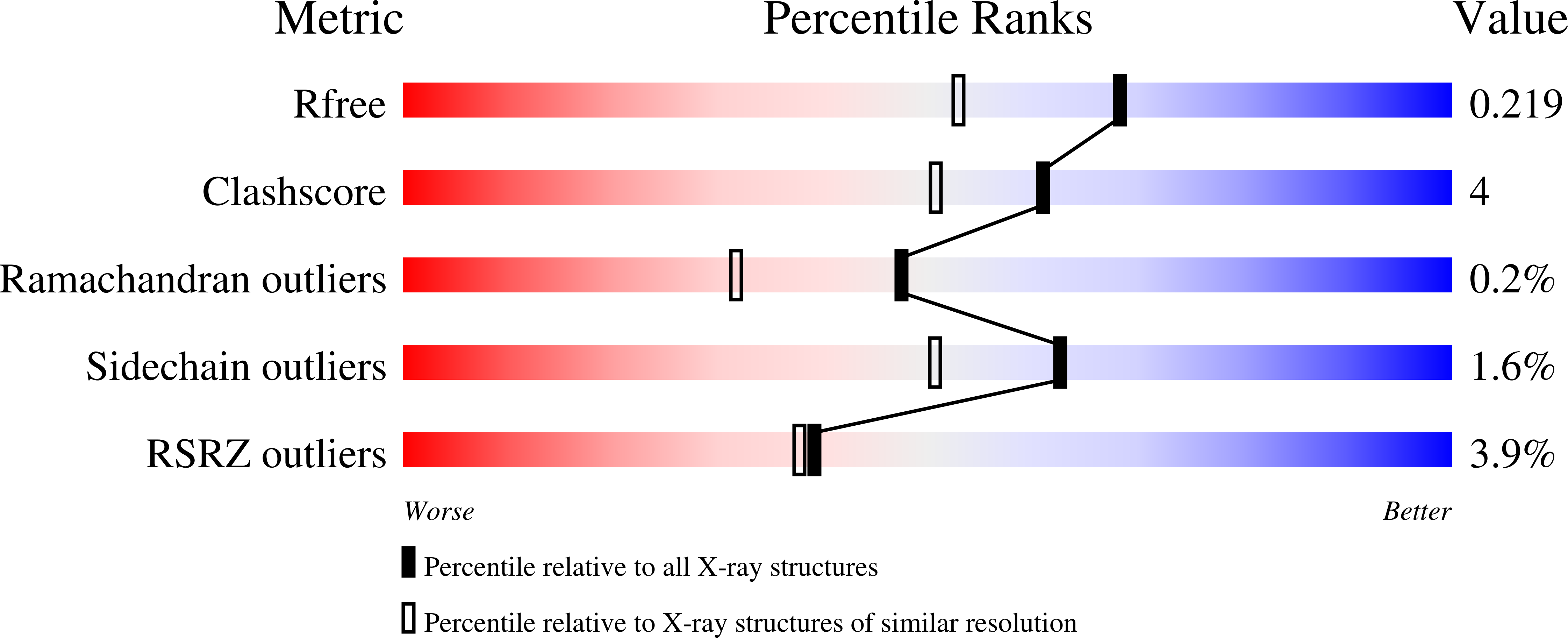
Deposition Date
2023-02-01
Release Date
2023-10-18
Last Version Date
2024-11-06
Method Details:
Experimental Method:
Resolution:
1.77 Å
R-Value Free:
0.21
R-Value Work:
0.18
R-Value Observed:
0.18
Space Group:
C 1 2 1


